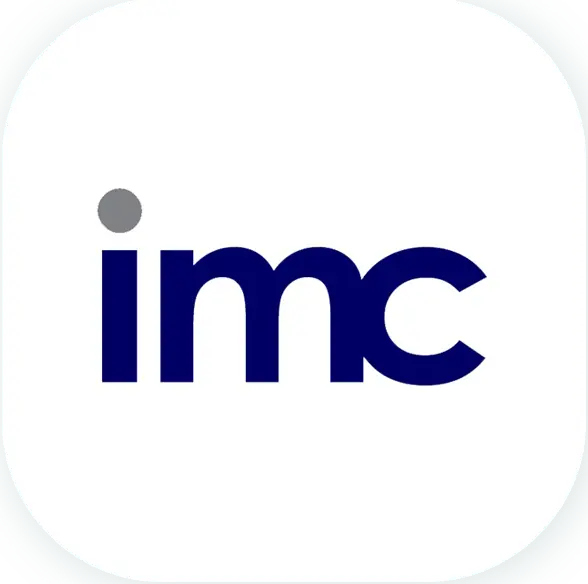The Challenges of Data Immaturity
SMEs often find themselves grappling with issues related to data accuracy, consistency, and completeness. These organizations mostly store data in isolated silos across various functions and units of business. This only gives a fragmented view of the organization. CFOs find it challenging to handle comprehensive data with this disjoint approach since they need to reconcile disparate reports from different departments without a centralized source.
As companies grow, they acquire new systems. Challenges related to data immaturity tend to grow more pronounced. The task of compiling and reporting business activities can turn out to be a time-consuming ordeal. Ultimately, CFOs fail to generate valuable insights and drive strategic decisions.
Strategies for Addressing Data Immaturity
SMEs should adopt a multifaceted approach to overcome data silos and improve data management. Successful firms seek CFO advisory services from professional teams to streamline their operations. Here are some recommended strategies that should work for them.
1. Invest in integrated platforms
2. Empower a data champion
3. Develop an incentivized data framework
The Benefits of Embracing Data Analytics
1. Better efficiency
2. Intelligent business insights
3. Competitive advantage
Strategic Recommendations for CFOs
1. Develop internal capabilities
2. Enhance skill development
3. Collaborate with responsible partners
Virtual CFO Services for SMEs
The strategic use of data in the competitive business ecosystem defines the key to survival and growth. Leading SMEs across the globe seek virtual CFO services from established teams like the IMC Group. Adopting integrated systems and fostering a data-centric culture with professional assistance can help them address these challenges head-on. With dedicated assistance from virtual CFOs, SMEs can capitalize on fresh opportunities and maintain a competitive edge in an increasingly data-driven world.






























 IMC Group
IMC Group